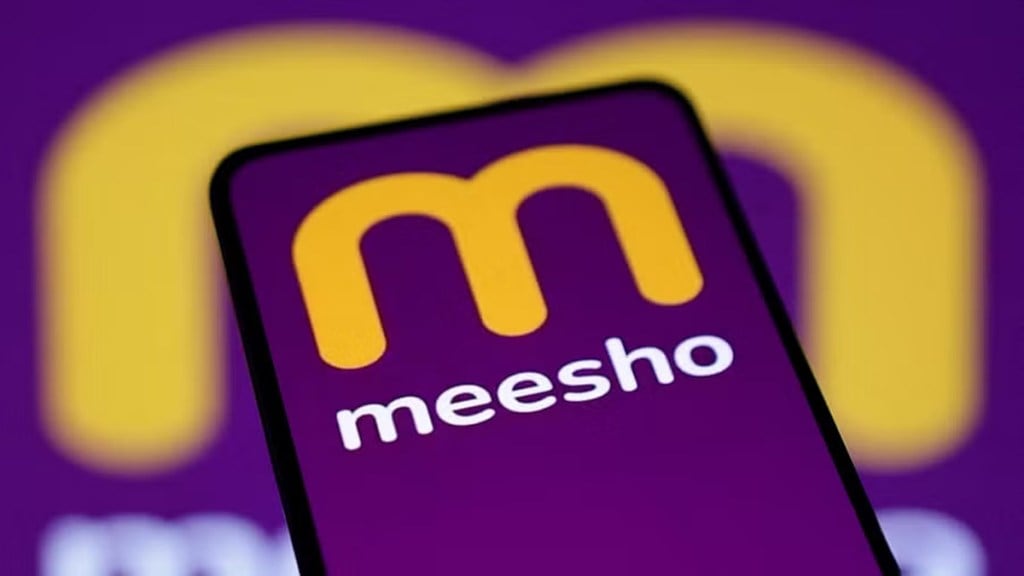E-commerce unicorn Meesho, which is set to list its shares publicly in the coming months, has substantially improved its margins over the last two years, thanks, in part, to the rapid scaling of its in-house logistics arm Valmo. Since its launch in August 2022, the share of Meesho’s orders shipped through Valmo rose from under 2% in FY23 to 62% in the three months ended June 2025.
Unlike larger e-commerce platforms, whose primary focus is not on the value retail segment, Meesho’s fundamental challenge was to figure out how to deliver a Rs 200 kurta or a Rs 99 home decor item profitably across 19,000 pin codes.
To address this, instead of a standalone delivery service, the company built Valmo as an orchestration layer to connect thousands of third-party logistics partners across first-mile, mid-mile, and last-mile operations.
Valmo’s technology on the backend dynamically routes each order to the most cost-efficient carrier based on location, capacity and performance data. Logistics partners which may not have had the end-to-end capabilities to service e-commerce orders can come together to fulfil these orders jointly, the company explains in its updated IPO prospectus.
While logistics partners benefit from larger order volumes, sellers benefit from low order fulfilment costs due to competition between logistics partners. Meesho’s costs directly attributable to placed orders, which include logistics, fulfilment, and other delivery costs, have reduced from Rs 50.45 per order in FY23 to Rs 37.70 in the three months ended June 2025.
This reduction in per-order fulfilment costs has been one of the main drivers of Meesho’s shift to positive free cash flow in FY24. Compared to negative levels two years ago, the company generated Rs 200 crore in free cash flow in FY24 and Rs 591 crore in FY25. Adjusted operating loss also improved from Rs 1,694 crore in FY23 to Rs 219 crore in FY25.
Meesho’s unit economics have also strengthened over the last two years. Contribution margin, as a percentage of net merchandise value, from its marketplace business grew from 2.9% in FY23 to 4.9% in FY25. This translates to a contribution margin of Rs 1,484 crore in FY25, compared to Rs 566 crore in FY23.
“With reducing fulfillment costs, we are able to reduce the average cost charged to sellers, enabling them to price their products more competitively and list lower value products on Meesho, which in turn attracts more consumers,” the company explains.
However, stitching together a fragmented logistics ecosystem carries its own risks. The company noted in its IPO prospectus that any inability to onboard a sufficient number of logistics providers and delivery partners or retain them during peak periods or in key geographies may lead to capacity shortfalls, resulting in delays or unfulfilled orders.
Still, Valmo’s asset-light model, aggregating small logistics operators rather than replacing them, has expanded in size since its launch in 2022. As of Q1 FY26, the Valmo ecosystem included 13,678 active logistics providers and over 85,000 delivery agents. In absolute numbers, Valmo has processed 763.5 million orders in FY24, up from 224 million in FY23, and crossed 295 million shipments in the first quarter of FY26.


